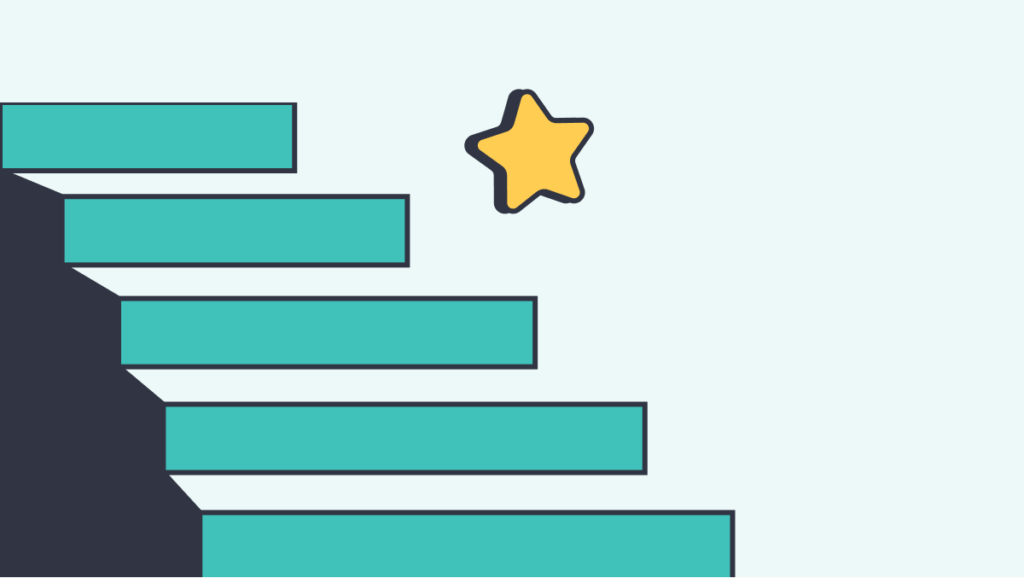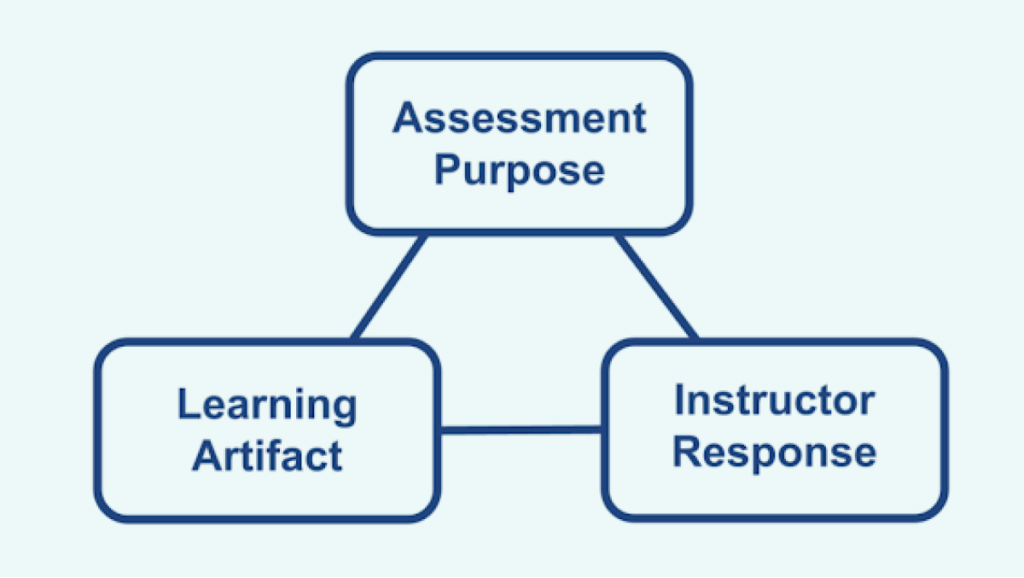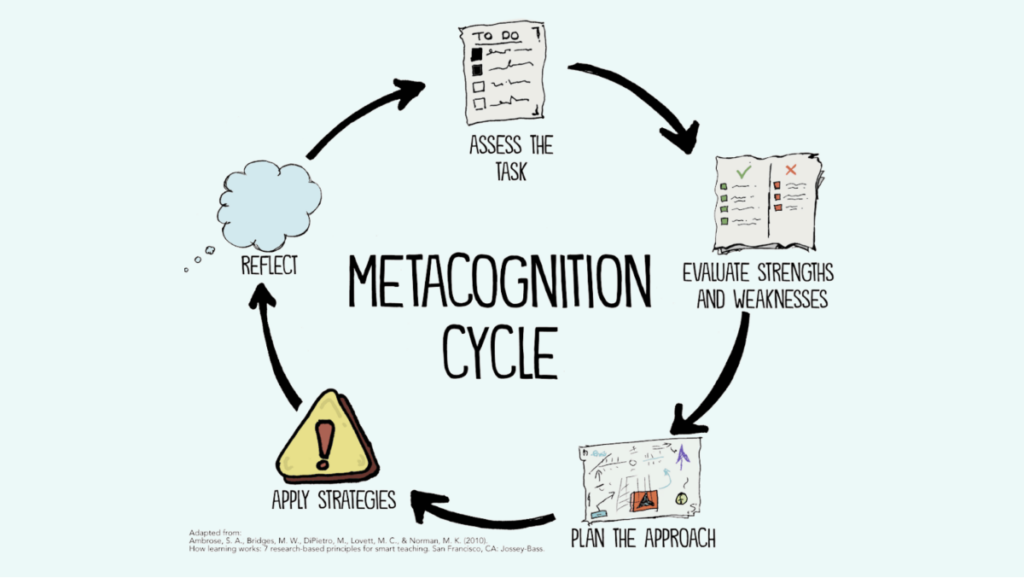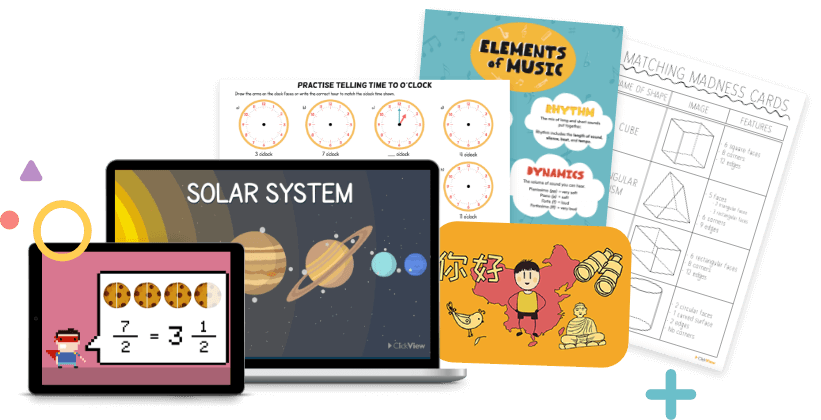10 Evidence-based instructional strategies for the classroom
With so many approaches to teaching out there, how do you decide which ones to implement in your classroom? Which ones are effective, and how do we know? The results are in!
What are evidence-based instructional strategies?
Evidence-based instruction (EBI) is the belief that the teaching strategies you implement in your classroom should be based on their effectiveness, which has been previously established by peer-reviewed scientific studies. Instructional strategies should not be determined by tradition, current trends, or your own personal judgment.
Why use them with your students?
EBI are strategies consistently associated with positive learning outcomes. You can rest easy knowing that these strategies have been peer-reviewed and are backed by scientific data. John Hattie’s oft-cited work on the nature of evidence in learning provided the current framework for assessing EBI’s.
Evidence-based instructional strategies you can use in the classroom
Read on to learn more about tried and true EBI’s that you can start using today.
1. Assess prior knowledge
When you’re ready to introduce a new topic to your class, how do you know where to begin? When you assess your students’ prior knowledge on a particular subject, you’ll get a feel for what they already know, and what building blocks need to be put in place. Starting from the right content level will also prevent boredom and inattention from students who are already familiar with the topic, and lessen anxiety and stress from students who might feel left behind.
As someone who teaches in museums, almost every class I work with is entirely new to me. I’m at a disadvantage from the start because I don’t know what they’ve been learning in their classroom or if they have any background in art or history. So what do I do? I ask them.
Assessing prior knowledge is always one of the first things I do with students because it tells me where I need to go from there. The rest of the lesson is based on building connections to what they already know, to teach them the things that I want them to know.
How can I use it in my curriculum?
Implementing this strategy can be as informal or as formal as you like – anything that provides you with the insight you need for your lesson will work. I’m a big fan of inquiry-based conversations, but you can also work with your students to create concept maps or have them demonstrate their prior knowledge through test-taking or other methods of self-reporting.
Once you’ve assessed your students’ prior knowledge, be sure to activate it. This will provide a pathway for your students to become interested in the lesson or activity before it even begins. Try some of these tasks to get the ball rolling:
- Anticipation Guide: Share a list of a few short sentences from a text they are about to read. Before reading, ask your students to review each of the statements and decide whether they agree or disagree with the statement. Revisit their completed guides after reading the text to see if any of their opinions have changed.
- Questionnaire: A super simple one! The use of a questionnaire – which can be anonymous, or not – is a great way to see what students know about specific topics. Providing opportunities for them to share correct answers will give them a confidence boost before diving into new content.
- Frontloading: This strategy is particularly useful for students who need explicit frames of reference, such as ELL’s. All students can benefit immensely from visuals and discussions about the topic at hand before learning more deeply about it. Not only does this help activate their prior knowledge, but it also promotes equity and levels the playing field for all students from the beginning.
Check out some more great strategies for activating prior knowledge here.

2. Clear learning goals
How can you expect your students to accomplish a specific goal when they don’t know what the goal is? Be transparent about what you want your students to achieve from the get-go, so everyone knows what they’re working towards.
If you can’t easily reiterate what you want your students to know and be able to do at the end of a particular lesson, the goal of your lesson will be unclear. Clear lesson goals help you and your students to focus on what matters most.
How can I use it in my curriculum?
Phrase these objectives as “you will be able to…” You can include these objectives in your unit plan, on homework assignments, or even post them on the board at the start of the lesson. This acts as both a goal and a promise to your class that learning is imminent.
I also like to begin my personal lesson plans with these goals and objectives, so that I stay on track with my teaching.
3. Show & Tell
No, this isn’t standing at the front of the class and showing off your favourite thing. The show and tell EBI can also be called Share and Model. It involves first talking about the concept or procedure, and then providing visual evidence to support it.
How can I use it in my curriculum?
This will largely depend on whether the content you’re covering is practical or conceptual. If you’re giving instructions on how to complete a task, clearly state each part of the process and then physically model how to do it. If you’re discussing a concept, describe it and then provide visual evidence. Here are some examples:
- When providing parameters for an assignment, tell your students what you want to see in a final product, and then show them an ideal example.
- When performing a science experiment, tell your students what the end result will be, and then show them how to achieve those results by completing it in front of the class.
- When discussing a particular period in history, tell your students what the event was like, and then show them by sharing primary resources.

4. Group work
Also called peer-to-peer or collaborative learning, productive group work is more than just assigning group projects. Working as a group is most effective when each student has a task to perform and the group functions as a community of learners.
How can I use it in my curriculum?
Avoid the classic group dynamic of one or two students taking on the majority of the work by being selective about the tasks you assign to a group. Be sure to only introduce tasks that every member of the group can complete, and ensure that each member is personally responsible for at least one step. Here are a few suggestions:
- Think-Pair-Share: Students prepare a response to a text or prompt and then explain their ideas to a partner.
- Listening Triangles: Students work together in groups of three: a speaker, a questioner, and a note-taker.
- Snowballing: Students investigate an issue in pairs. The pairs then join another pair to form a group and share their findings. The small groups then join together to make a larger group, until the entire class comes together.
- Rainbowing: Each member of a working group is given a different colour. When the group task is complete, the students form new groups according to their colours. Within the colour groups, they compare findings, discuss what they have achieved, or carry out another task that they all need to contribute to.
5. Check for understanding
We ask our students not to speak out of turn or interrupt us when we’re teaching. This makes our lives easier but doesn’t leave much room for questions and clarifications along the way. Checking for understanding as you go is crucial to ensure that your students are still with you.
How can I use it in my curriculum?
Try CATs (Classroom Assessment Techniques). Columbia’s Center for Teaching and Learning explains: “An effective CAT should have a clear purpose of assessment, should help students produce a concrete and assessable learning artefact, and should be followed up with a clear instructor response on how the results will impact student learning.”

You can also work in exit tickets, digital polling options like Google Forms or Survey Monkey, or simply ask your students what was clear and what wasn’t.
6. Teach strategies
That is to say, don’t just teach content. Your students can only become independent learners once they know how to tackle problems on their own, rather than just giving up the moment something seems too difficult.
How can I use it in my curriculum?
Rather than just giving your students the answers, teach them how to find the answers themselves. Sounding out difficult works when reading, conducting research, and working out math equations are all examples of strategies effective learners use.
7. Nurture metacognition
Metacognition, at its core, is thinking about thinking. The most effective learners not only use learning strategies, but they also take time to reflect on why and how those strategies work for them. It’s asking your students to recognise the steps they take to solve a problem, the prior knowledge they bring to the table, and to modify their approach when necessary.

How can I use it in my curriculum?
Build self-reflection into your classroom dynamic. You can try:
- Asking your students to create Mind Maps
- Using graphic organisers for reading
- Having your students write in a personal journal
8. Provide feedback
To learn and improve upon their learning, your students need to know how they’re performing. You should share this information with your students long before assigning them their final grade on a project, so they have time to self-correct and improve upon their work.
How can I use it in my curriculum?
My favourite way to provide feedback is with a compliment sandwich: give a compliment, squeeze in a correction, and top it off with another compliment. Ultimately, transparency is key here, no matter how you choose to implement it.
Another option is incorporating peer feedback. Oxford’s Center for Teaching and Learning tells us: “Peer feedback enables students to better self-assess themselves, as well as exposing them to different ways of approaching a task.” Students can provide feedback to one another verbally after presentations, or physically when assessing written work.
Not only can incorporating peer feedback familiarise students with rubrics and academic learning standards, but it can also provide a safe space to share work that they might not feel is ready for the teacher’s eyes.
9. Give it time
It’s no secret that teachers are pressed for time, with so much knowledge to impart in a limited number of school days. That said, there may be pressure to rush through a lesson or a unit just to make sure you get to everything – but as a teacher, you know that rushed work is often sloppy work.
We know that students do not all learn at the same speed. This is the premise behind Mastery Learning, in which Benjamin Bloom (of Bloom’s Taxonomy fame) asserts that the key to mastery is the time allowed for learning.
How can I use it in my curriculum?
A crowded curriculum can make this tricky, but seize opportunities when they present themselves. You can try setting long-term goals for achievement that can be met throughout the year, or assigning work on a rolling basis.
10. Chart the learning process
Teachers and students can both chart new information and key points as a means to visualise the learning process. There’s some overlap here with metacognition; mind maps and graphic organizers are your friends!
How can I use it in my curriculum?
- Create a flowchart to break down a process into bite-sized pieces
- Use Venn Diagrams to compare and contrast concepts
- Make numerical charts such as pie charts or bar graphs to convey data
Why is it important for both students and educators to use evidence-based instructional strategies?
Evidence-based instructional strategies demonstrate statistically significant effects on improving student learning and performance outcomes.
References:
- John Hattie (2008) Visible Learning: A Synthesis of Over 800 Meta-Analyses Relating to Achievement.
- Robert Marzano (2004) Classroom Instruction That Works: Research-based Strategies for Improving Student Achievement.
- David Mitchell and Dean Sutherland (2020) What Really Works in Special and Inclusive Education: Using Evidence-Based Teaching Strategies, 3rd Edition.
- Principles of Instruction: Research-Based Strategies That All Teachers Should Know, by Barak Rosenshine; American Educator Vol.
- Evidence Based Teaching Strategies – 2021


